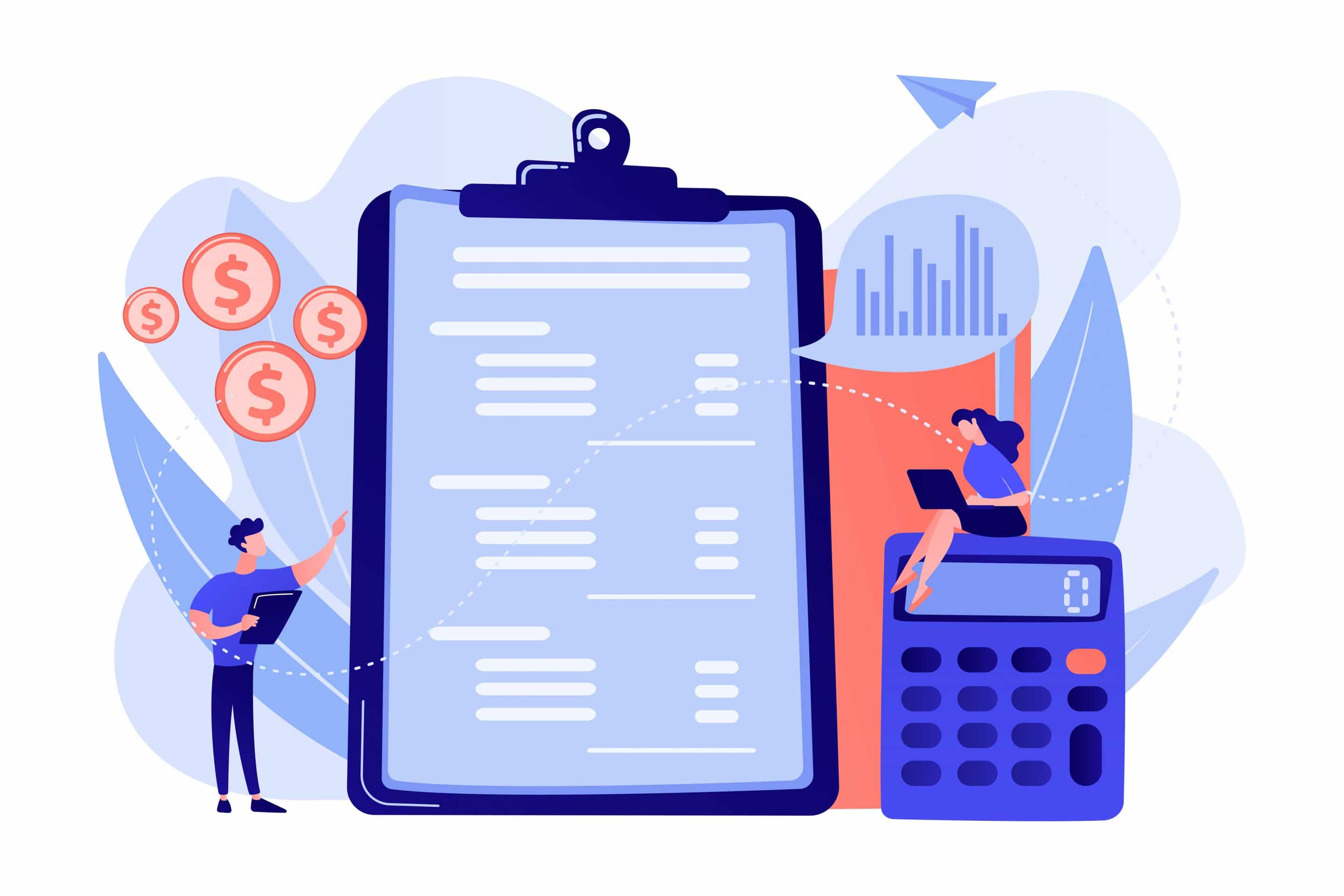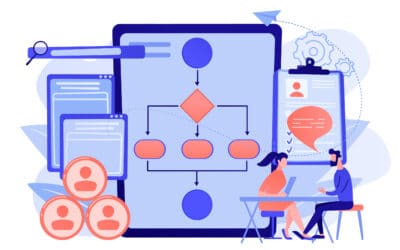The Financial Accounting Standards Board (FASB) issued Accounting Standards Update ASC 842 in 2016. Since the new lease accounting standard has been issued, public companies have met compliance, but private companies are due to meet the compliance deadline by 2022. What is ASC 842 and what does this mean for CFO’s and accounting teams?
If you’re interested in more best practices for accounting, payroll ,or reporting, we recommend subscribing to our blog.
What is the new ASC 842 Lease Accounting Standard?
In 2002 congress commissioned the SEC to research and report about off balance sheet transactions and their effects on the economic positions for shareholders and the transparency within their reporting. When the SEC finished their research, they found 1.25 trillion dollars in operating leases not being accounted for on companies’ financial statements. ASC 842 requires those operating leases to be reflected on your balance sheet where companies are required to show a lease liability for each lease as well as a corresponding right of use asset.
What does this mean for CFO’s and Accounting Teams?
ASC 842 requires a large volume of disclosures, some of which require calculations like average lease term and discount rate. For multi-unit companies, this means:
- Gathering all of your lease data and documentation
- Analyzing all contracts and finding individual leases within them
- Create the calculation for the lease liability amount, the ROU asset, and the straight-line rent expense for each lease
- Create entries to initially add both to the balance sheet; periodic entries are needed to reduce the book value of both along with expensing rent
At a glance, it looks like a simple process. However, experts agree that the volume of work ASC 842 requires is far beyond originally estimated.
“This is not something you want to track in excel”, says Andrew Field, Lease Accounting Expert at InfoSync, stating, “The new standard is complex. You’ll need to create difficult calculations, such as net present value of rent payments going back to commencement date for the ‘life’ of the contract.”
A Better Lease Accounting Solution
The transition to this new standard can be time-intensive, and many companies are turning to Lease Management software to help with the workload. InfoSync has partnered with Property Works where they warehouse and store all of the client lease data and documentation as well as abstract the data within them. This means our clients can access the information they need without hassle or headache.
There are other benefits using a lease management software, like tracking rent escalation or lease extension options. Companies commonly miss lease extension deadlines and have to go back to the landlord to renegotiate terms.
Even with a lease management software, the tracking and gathering of lease data to provide to the lease management provider is a huge task for accounting teams. As Accounting and Finance experts, we have the ability to provide the information for our clients who are utilizing our accounting services. Our industry knowledge allows us to perform these tasks without costly errors, and our operating model provides us the opportunity to stay abreast of major rule changes so you don’t have to. This ensures you are always compliant and up to date.
Talk to us today about streamlining your Accounting processes and leveraging other benefits such as Lease Administration.





0 Comments